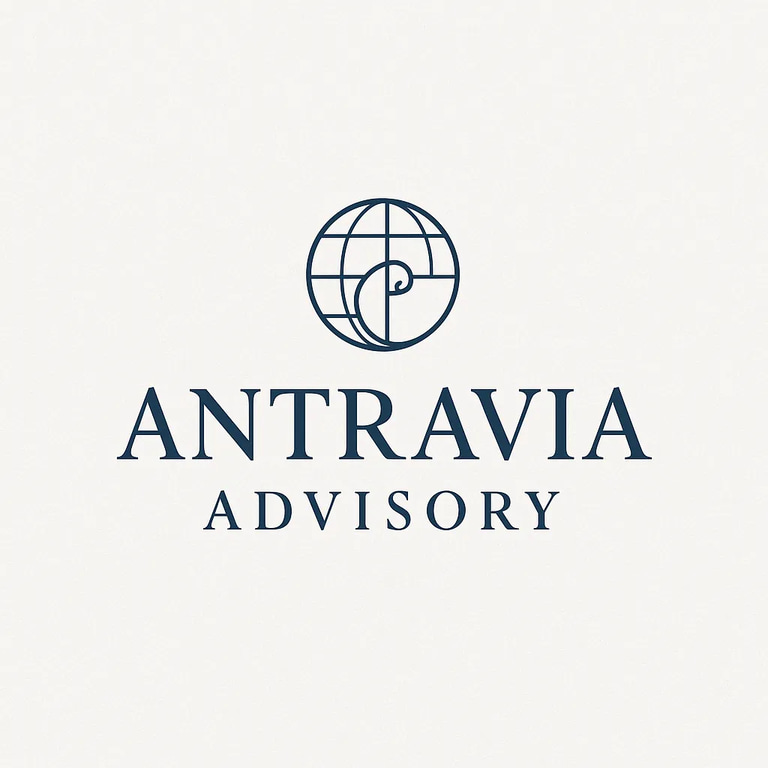Travel Agent Guide
Expert tips for travel agents, tour operators, and hotel owners.
We cover travel business strategy, hospitality finance, tax planning, FX, and payment solutions, all designed to help small travel businesses grow, profit, and scale globally.
Finance, Accounting and Tax Support for Tour Operators and DMCs
Tour operators and DMCs manage some of the most complex financial structures in the travel industry. You work with multiple currencies, global suppliers, seasonal booking cycles and itineraries priced months in advance. You carry the financial risk of supplier prepayments, refunds, cancellations and rapid changes in exchange rates. These operational realities make your accounting and cash flow more challenging than most other travel businesses.
Antravia supports tour operators and DMCs with finance, accounting, FX and tax services shaped around how you actually operate. We have worked with tour operators, wholesalers, bedbanks, contract managers, DMCs and travel payment companies for more than two decades. This background means we understand your workflows, your margins and the pressure points that affect your business throughout the year.
Why Tour Operators and DMCs Choose Antravia
Tour operating is not a generic business model. Most accountants do not understand DMC contracting, VCC settlement, supplier credit terms, rooming lists, cancellation flows or the timing of deposits and balances. These details matter. They determine whether a season is profitable or not.
We bring industry knowledge to your finance function. You get accurate reporting, meaningful insights and better control of your margins and cash position. Everything we do is practical and shaped by real experience inside global travel groups.
What we support
Provide a general summary of the services you provide, highlighting key features and benefits for potential clients.
Accounting and Month End Reporting
We help you build a reliable month end structure that reflects the way you sell travel. This includes sales cut-off checks, supplier accruals, deferred revenue balances, reconciliation of booking systems and accurate margin reports. Your monthly accounts become clear, consistent and useful.


Cash Flow and Working Capital Management
Tour operators and DMCs handle significant supplier prepayments. Cash often leaves your business long before the traveller departs. We help you understand your working capital cycle, plan cash flow accurately and manage exposure during busy seasons. This reduces financial pressure and supports sustainable growth.
Multi-currency itineraries create real margin risk. We help you identify your natural currency exposures, understand when hedging is appropriate, model future cash inflows and outflows and design a simple approach to protecting your margins when pricing in advance.
FX Exposure and Multi-Currency Pricing




What Antravia Supports
5.1 How Destination mix shapes Financial Results for Travel Agents
Part 5.1 of Antravia’s Travel Agent Finance Guide - Discover how the destinations you sell affect your agency’s profit, cash flow, and FX exposure. Learn why regional commission rates, supplier terms, and currency volatility influence financial performance, and how to build a balanced destination portfolio that protects margins. Link
5.2 Cruises, river cruises, and niche travel models
Part 5.2 of the Antravia Travel Agent Finance Guide - Explore how cruises and niche travel products shape your agency’s finances. Learn why high commissions come with long booking cycles, how to manage deferred income and revenue recognition, and how to balance your product mix for stronger cash flow and profit stability. Link
5.3 U.S. and Global Hotspots: Profitability by Region
Part 5.3 of Antravia’s Travel Agent Finance Guide - See how regional markets shape profitability for U.S. travel advisors. Explore Europe, Dubai, Africa, Asia, the Caribbean, Mexico, and South America, from commission levels to FX exposure and cash flow cycles, and learn how to balance short- and long-lead destinations for financial stability. Link
Antravia Advisory
Where Travel Meets Smart Finance
Email:
Contact us:
Antravia LLC
© 2025. All rights reserved. | Disclaimer | Privacy Policy | Terms of Use | Accessibility Statement
Antravia.com - Global site of the Antravia Group.
Antravia.com | Antravia.co.uk | Antravia.ae |
Finance.travel | Tax.travel | Consultancy.travel | Vat.travel | Vat.claims |
USSales.tax | EuroVAT.tax | UKVAT.tax |
contact@antravia.com
Antravia LLC
4539 N 22nd St., Ste. N
Phoenix
Arizona
85016






